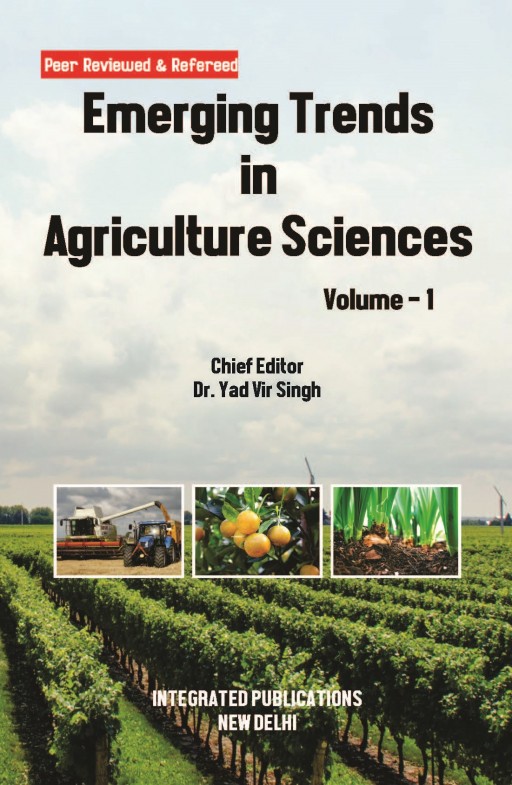A Theoretical Review on Genome Wide Association Studies (GWAS)


One of the main goals of plant geneticists and breeders pertains to the explanation of phenotypic variation as it relates to changes in DNA sequence. The development of molecular markers for the detection and exploitation of DNA polymorphisms in plant systems is significant in the field of molecular biology and biotechnology. Linkage mapping has been a key tool for identifying the genetic basis of quantitative traits in plants. However, linkage studies suffer from limitations of allelic diversity and limited genomic resolution. To circumvent these limitations, Linkage Disequilibrium (LD) mapping or Association Mapping (AM) has been used extensively to dissect complex traits. Association Mapping attempts to account for the historical recombinations that lead to evolution. There are two general approaches for association mapping, viz., candidate gene and genome wide (GWAS) association studies. Association studies have the potential to identify polymorphism within a gene that is responsible for phenotypic differences. It involves searching for genotype-phenotype correlations among unrelated individuals. It offers three main advantages over linkage mapping: mapping resolution, allele number and time saving in establishing a marker-trait association and its application in a breeding program. The progress in GWAS solved the technological problems of genotyping millions of markers and the cost of genotyping. GWAS will not be limited to the identification of QTL but will also provide in depth understanding of the genomic changes that have shaped crop plants as a consequence of domestication and selection. Such information will translate into improved design of breeding populations and germplasm collections capturing adaptive variation.